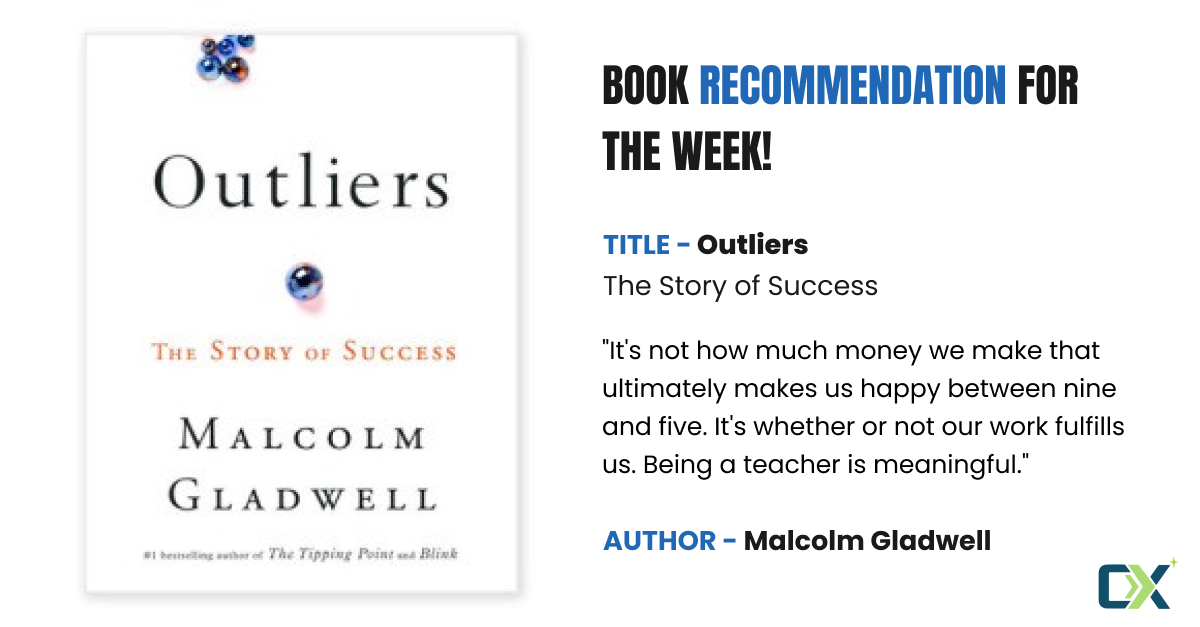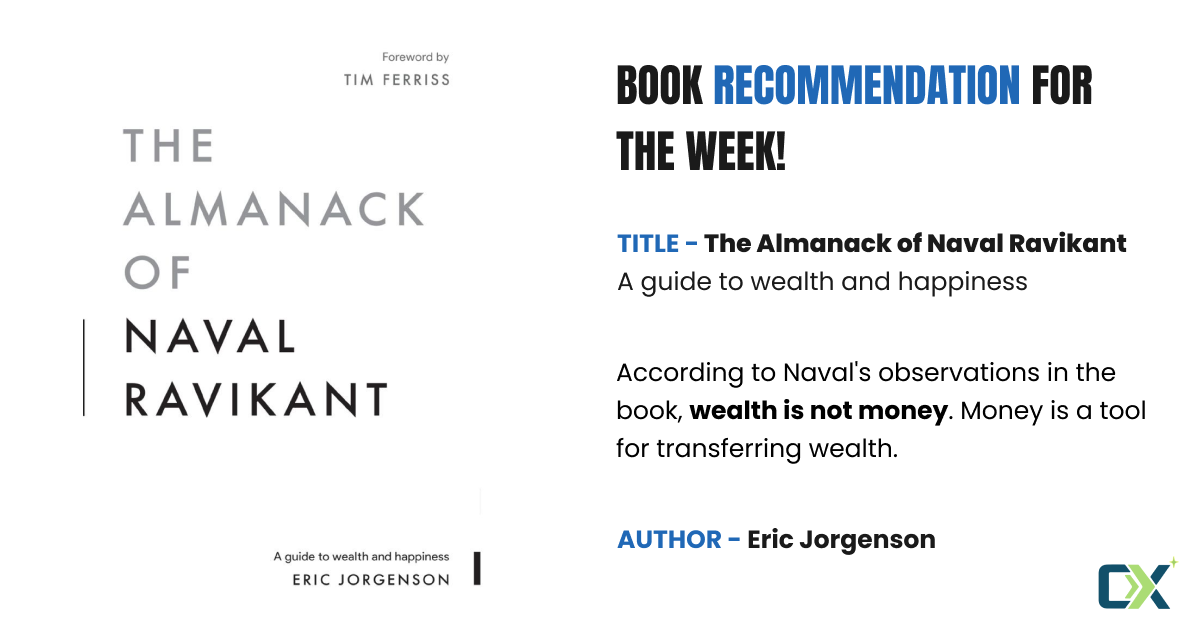Author: Malcolm Gladwell
Theme: Non-Fiction
Publisher: Little, Brown and Company
Published: 18th November 2008
Pages: 320

Outliers: The Story of Success – Malcolm Gladwell
Outliers, individuals who defy the odds and succeed, are more nurture than nature.
We focus too much on how successful people seem and not enough on where they originate from: their culture, family, generation, and unique childhood experiences.
Malcom Gladwell uncovers the secrets of software billionaires, the qualities of a great soccer player, why Asians excel at math, and why the Beatles are the greatest rock band ever.
The ‘10,000-hour rule’ asserts that no one becomes an expert without putting in the requisite time and effort.
The book shows that innate talent and ability are only part of success; hours and effort are also important.
According to The Story of Success, stories of self-made rugged individualists are not stories of particularly brilliant people who seized an opportunity. Instead, these are stories of talented people seizing life-changing possibilities.
The author defines opportunity by claiming that “rags to riches” stories are rare. An opportunity arises at random. Only a select few get access to them, allowing them to sharpen their skills and distinguish themselves from their peers (one who breaks the norm.)
The book underlines that no one, not even a genius, succeeds on their own.
Gladwell’s assessment of different professions, including art, business, athletics, and music, led him to understand and believe that purposeful effort, not intrinsic aptitude, is the fundamental reason people become so successful at things.
The Outliers stresses the importance of timing; the world’s wealthiest people were born in the 1860s and 1870s, riding the industrial revolution wave. These years produced some of Silicon Valley’s most successful entrepreneurs.
Mentions:
When opportunity presents itself, seize it.
There is no shortcut to mastery than ‘putting in the hours.
The author discusses how your upbringing has a more significant impact on your life outcomes than your intelligence alone.
The book illustrates the importance of meaningful labor and how immigrant families raise their children in an environment that values and practices hard work.
The objective of Outliers: The Story of Success is not to debunk success tales. Instead, the goal is to learn from these tales and apply what we’ve learned to make us all more productive and successful.
Quote: “It’s not how much money we make that ultimately makes us happy between nine and five. It’s whether or not our work fulfills us. Being a teacher is meaningful.”
Reviews:
New York Times Bestseller
The Globe & Mail Bestseller
David A. Shaywitz, reviewing the book in The Wall Street Journal, praised Gladwell’s writing style as “iconic”
Business Week gave the book four out of five stars and appreciated its “Aha!” moments




